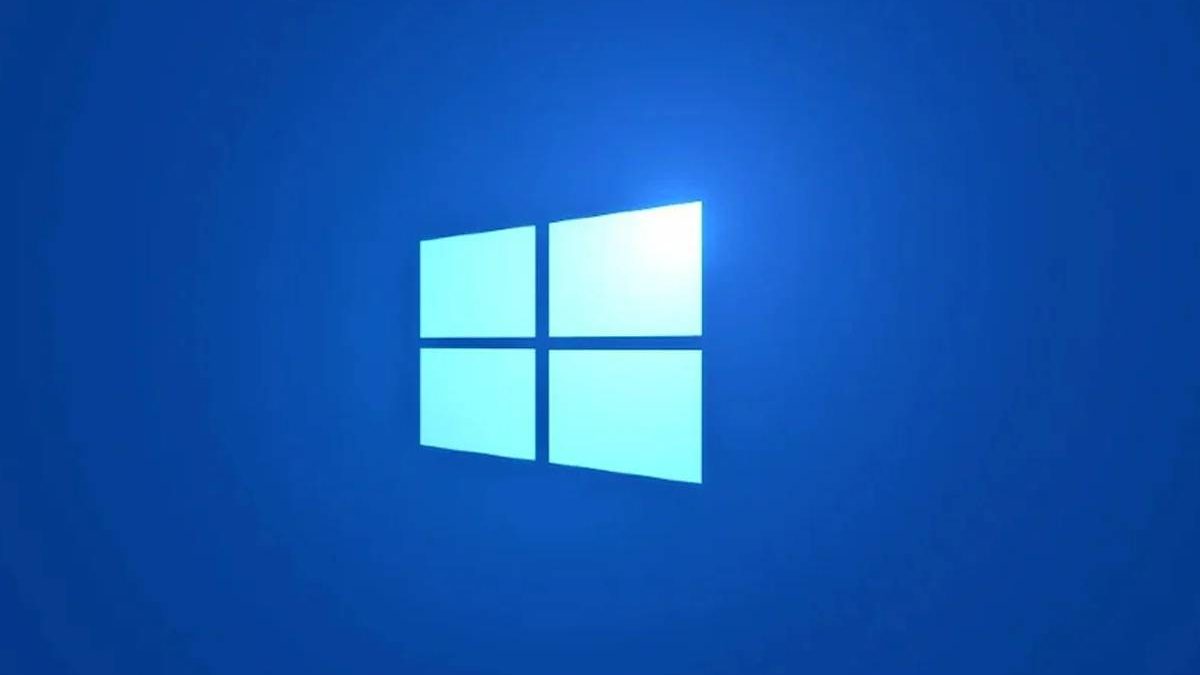Table of Contents
Introduction
microsoft ntfsformattedwarren theverge NTFS uses its log file and checkpoint information to restore file system consistency when the computer restarts after a system failure. After a bad sector error, NTFS dynamically reallocates the cluster containing the bad sector, allocates a new cluster for the data, marks the original cluster as bad, and stops using the old cluster. For example, after a server crash, NTFS can recover data by replaying its log files.
NTFS continuously monitors and corrects temporary corruption problems in the background without taking the volume offline (this feature is called Self-Healing NTFS and was introduced in Windows Server 2008). For major corruption issues, the Chkdsk utility in Windows Server 2012 and later scans and analyzes the drive while the volume is online and limits the offline time to the time required to restore data consistency to the volume. When using NTFS with Cluster Shared Volumes, no downtime is required. See NTFS integrity and Chkdsk for more information.
We know that this issue can affect internal drives, hard drives marked as removable, and external media such as USB, Firewire, e-SATA, SD and other removable drives.
This issue does not affect the primary system volume (i.e. the device on which Windows is currently running).
Systems that are affected in a default conformation are particularly at risk. Examples include multi-disk systems running Windows Vista, Windows 7, and Windows 8.
Open an elevated Command Prompt window. To do this, click Start, type cmd, right-click cmd.exe, and then click Run as administrator.
Type the following knowledge in the elevated Command Prompt, then press Enter:
What is NTFS?
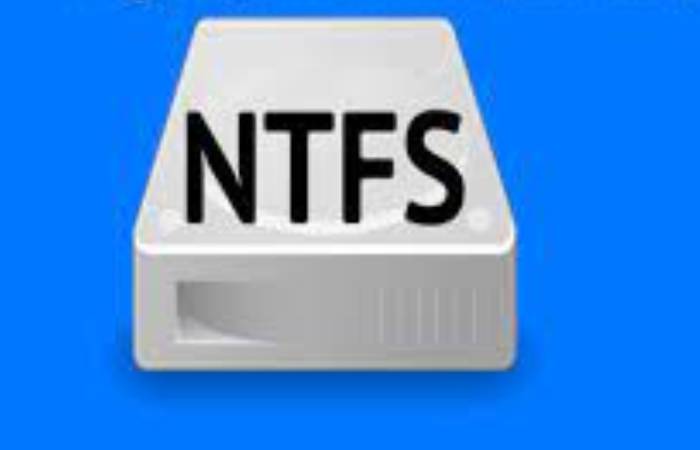
NTFS, which stands for NT File System and New Technology File System, is the file system used by the Windows NT operating system (OS) to store and retrieve files on hard disk drives (HDDs) and solid-state drives (SSD). NTFS is the Windows NT equivalent of Windows 95’s File Allocation Table (FAT) and OS/2’s High-Performance File System (HPFS). However, NTFS offers some improvements over FAT and HPFS in terms of performance, scalability, and security.
A computer’s operating system creates and manages the file system on a drive or storage device. The file system organizes data into files. Controls how data files are named, stored, retrieved, and updated, and what other information can be associated with the files, such as B. Data about file ownership and user permissions.
Microsoft ntfsformattedwarren theverge File systems are generally differentiated by the operating system and the type of drive they use. NTFS is a type of file system. Nowadays, there is also a Distributed File System (DFS) where files are stored on multiple servers but are accessed and treated as if they were stored locally. A DFS allows multiple users to easily share data and files on a network, providing redundancy.
What is Microsoft NTFS by Tuxera?
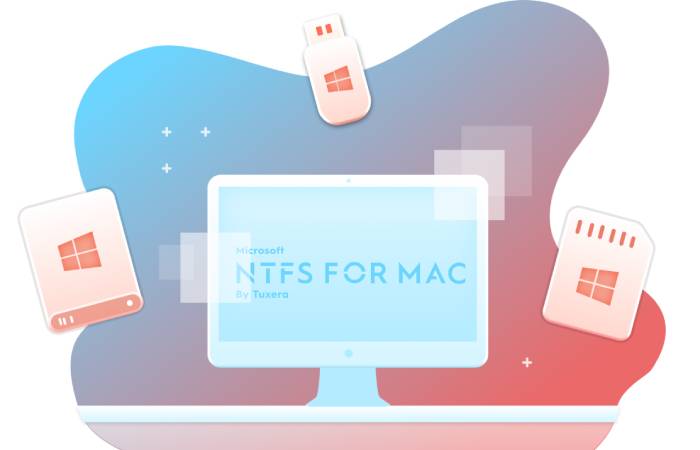
Microsoft NTFS for Mac by Tuxera brings you read-write compatibility for Windows NTFS-formatted USB drives on your Mac
Do everything with Windows drives on your Mac. Microsoft NTFS for Mac by Tuxera provides read-write support for NTFS-formatted USB drives – with rock-solid reliability compared to other NTFS for Mac alternatives.
Microsoft NTFS for Mac is a file system driver giving you total access to reading and writing to Windows NTFS formatted drives on your Mac. Our latest version supports the newly released macOS 12 Monterey and is also backwards compatible with Mac OS X 10.4 Tiger.
The 2021 version allows you to use your drive between your Mac and Windows computers seamlessly. Its new release includes improvements to the caching layer for better performance on SSDs and hard drives and various other bug fixes.
Theverge Microsoft
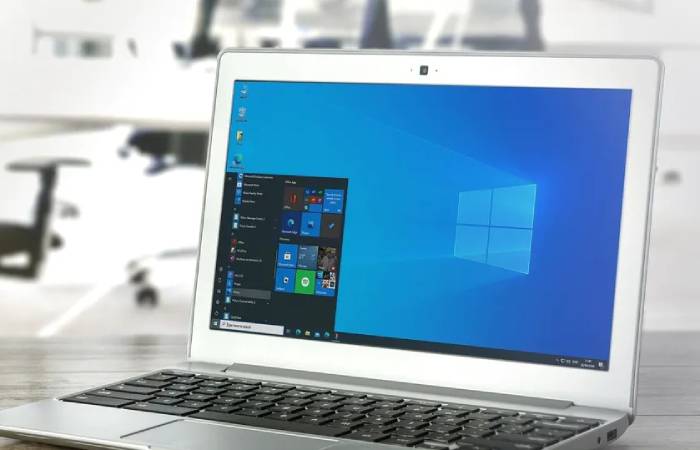
The Verge has posted their review of the Microsoft Surface RT.
They seem to like the hardware, except for the screen aspect ratio, which they found troublesome in many scenarios.
Like others, he also complained about the fixed angle of a kickstand.
They found battery life impressive and the device speedy but complained of app crashes and the small selection of apps.
Microsoft Ntfs For Android
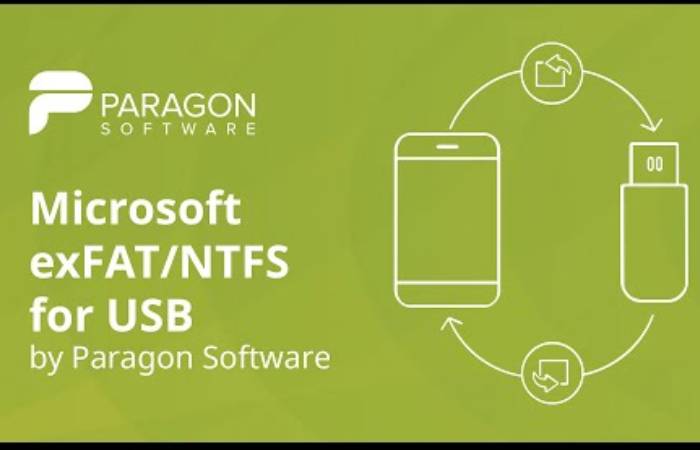
Microsoft exFAT/NTFS for USB by Model Software is a convenient way to transfer files between Android devices and not fixed storage media via USB On-The-Go. After joining external storage media directly to the Android device, the user can work with photos, videos and presentations.
Business people, academics and students can store relevant data on a flash drive for viewing on a smartphone or tablet anytime.
microsoft ntfsformattedwarren theverge Travellers can transfer pictures and videos from a smartphone to a USB stick for editing and publishing from their desktop computers.
NTFS Formatted Warren The Verge
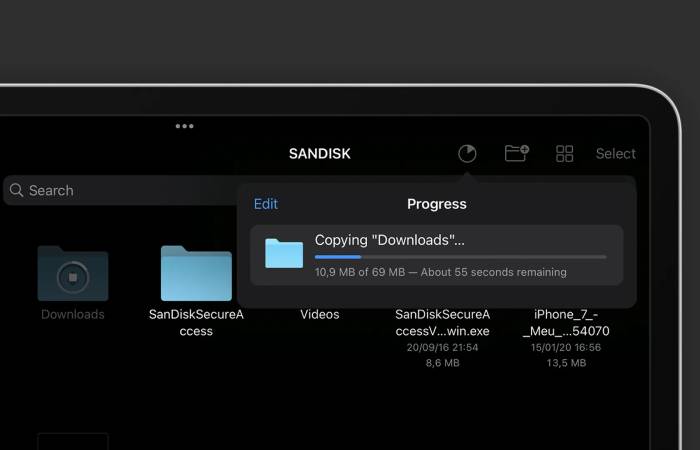
NTFS is the dodging file system for Windows. Formatting a drive with NTFS gives you large file support and a fault-tolerant system. NTFS also supports disk quotas and journaling. That’s how it works.
NTFS is a journaling file system
Windows NTFSFormattedWarren The verge is a journaling file system for Windows that allows users to make changes without affecting existing data. The system also provides a way to recover from errors by automatically repairing corrupted files. This feature helps ensure the integrity of file systems. In case of a file system failure, NTFS uses its MFT mirror file to recover previously deleted files. These features make NTFS a more fault-tolerant system than FAT32, the default Windows file system.
NTFS has a unique feature called clustering that allows more files to fit on a volume than there are clusters. Theoretically, a book with a million collections could store 78,104,632 resident files. However, most disks use the 4-byte cluster size. Therefore, a small file can fit in a single MFT group.
Supports large files
Its file arrangement supports large files and supports systems to minimize disk good-bye. Its essential building is a calendar with a file name and file ID. The file ID is essentially an inode number, a record number in the main file table. It also includes a reuse counter that detects obsolete references to a file. It looks very similar to Files-11’s W_FID. However, some of the other NTFS structures are fundamentally different.
Unlike FAT, NTFS can support huge files. It also supports mounted volumes and disk volumes. It is also able to recover free space from scattered files. You can also monitor large blocks of zeros in files and replace them with metadata. NTFS also supports journaling, which tracks changes to a hard drive.
Has a fault-tolerant system
Fault-tolerant systems are designed to keep running even if one or more components fail. Fault-tolerant systems can be configured to include redundant paths, components, and services. These types of plans are essential for servers running mission-critical applications.
NTFS stands for “New Technology File System, ” developed by Microsoft and IBM to overcome the limitations of FAT. It features higher fault tolerance, higher overall performance, and enhanced security. Also, this file system can handle larger volumes, which means more data storage capacity.
Has disk quotas
Disk quotas allow you to bound to the amount of data you store or use on your computer. When you set disk quotas, you can specify how much disk space is allow for each user. You can also set how many times you can delete a file.
microsoft ntfsformattedwarren theverge We are adding new data. Disk quotas are manage in the Disk Management feature. You can configure them to enforce specific disk space limits and prevent users from exceeding them.
Conclusion
NTFS – the primary file system for newer versions of Windows and Windows Server – offers a full set of features including security descriptors, encryption, disk quotas and rich metadata, and can use with Cluster Shared Volumes (CSV) to provide continuously available volumes on the can be accesse simultaneously by multiple nodes of a failover cluster.
For more information about features, see the Additional Information section of this topic. For information about the newer Resilient File System (ReFS), see Resilient File System (ReFS) overview


